Last updated: September 2025
Self-employed entrepreneurs often must prove income to qualify for a self-employed car loan. Unlike salaried applicants who provide W‑2s and pay stubs, freelancers and gig workers submit invoices, bank statements, and tax returns to show repayment capacity. This guide explains the legal basics, which edits are permitted, and how to avoid any alteration that could be viewed as fraud.
We also include checklists, mini‑scenarios, and compliance‑first tips for borrowers in the US, UK, and Canada. Use these steps to present clean, verifiable records that reduce underwriting friction and help lenders evaluate your application quickly.
FinancialDocsProvider.com prepares, organizes, and formats your existing financial records so they meet lender expectations without changing facts. We never fabricate numbers or dates; we focus on clarity, completeness, and compliance.
Related Entities & Terms
- Proof of income – pay stubs, W‑2, 1099, T4, T4A, Notice of Assessment (NOA)
- Forms & transcripts – Form 1040 Schedule C, UK SA302, CRA NOA, P60/P45
- Regulators – Consumer Financial Protection Bureau (CFPB), Federal Trade Commission (FTC), Internal Revenue Service (IRS), Financial Conduct Authority (FCA), Financial Consumer Agency of Canada (FCAC), Canada Revenue Agency (CRA)
- Auto finance terms – annual percentage rate (APR), down payment, debt‑to‑income ratio (DTI)
- Payment verification – bank statements, profit & loss statement, invoices, contracts
- Self‑employment structures – sole proprietorship, limited company, LLC
- Credit reporting bureaus – Experian, Equifax, TransUnion
- Identity documents – driver’s licence, passport, Social Security number (SSN), National Insurance number (UK), Social Insurance Number (SIN)
What are the legal basics for car loan documents?
Formatting a document to improve readability is lawful; falsifying facts is not. Lenders must be able to verify that your information matches official records. Presenting authentic documents in a clean, organized way supports a faster decision and protects you from serious penalties.
In the US, the CFPB notes that lenders rely on income documents—bank statements, tax returns, and profit‑and‑loss statements—to confirm you can afford monthly payments. Knowingly making false statements to a bank may violate federal law (18 U.S.C. § 1014) and can trigger fines or imprisonment. Many states also prohibit creating fake pay stubs or altering official records.
In the UK, the FCA regulates consumer credit and warns that motor finance is not protected by the Financial Services Compensation Scheme, so losses are not covered if a firm fails. Falsifying documents can lead to prosecution under the Fraud Act 2006, which criminalizes dishonest false representation for financial gain.
In Canada, car financing is overseen by the FCAC and provincial regulators. Providing inaccurate information in a loan application can amount to fraud under the Criminal Code of Canada. Lenders commonly request authentic CRA Notices of Assessment and complete bank statements, and they may consider provincial privacy laws when reviewing data handling.
Whether you apply at a dealership or directly with your bank, ensure your submission matches your tax filings and bank activity. If a lender’s request is unclear, ask for guidance rather than guessing. When in doubt, consult a qualified financial professional or legal adviser.
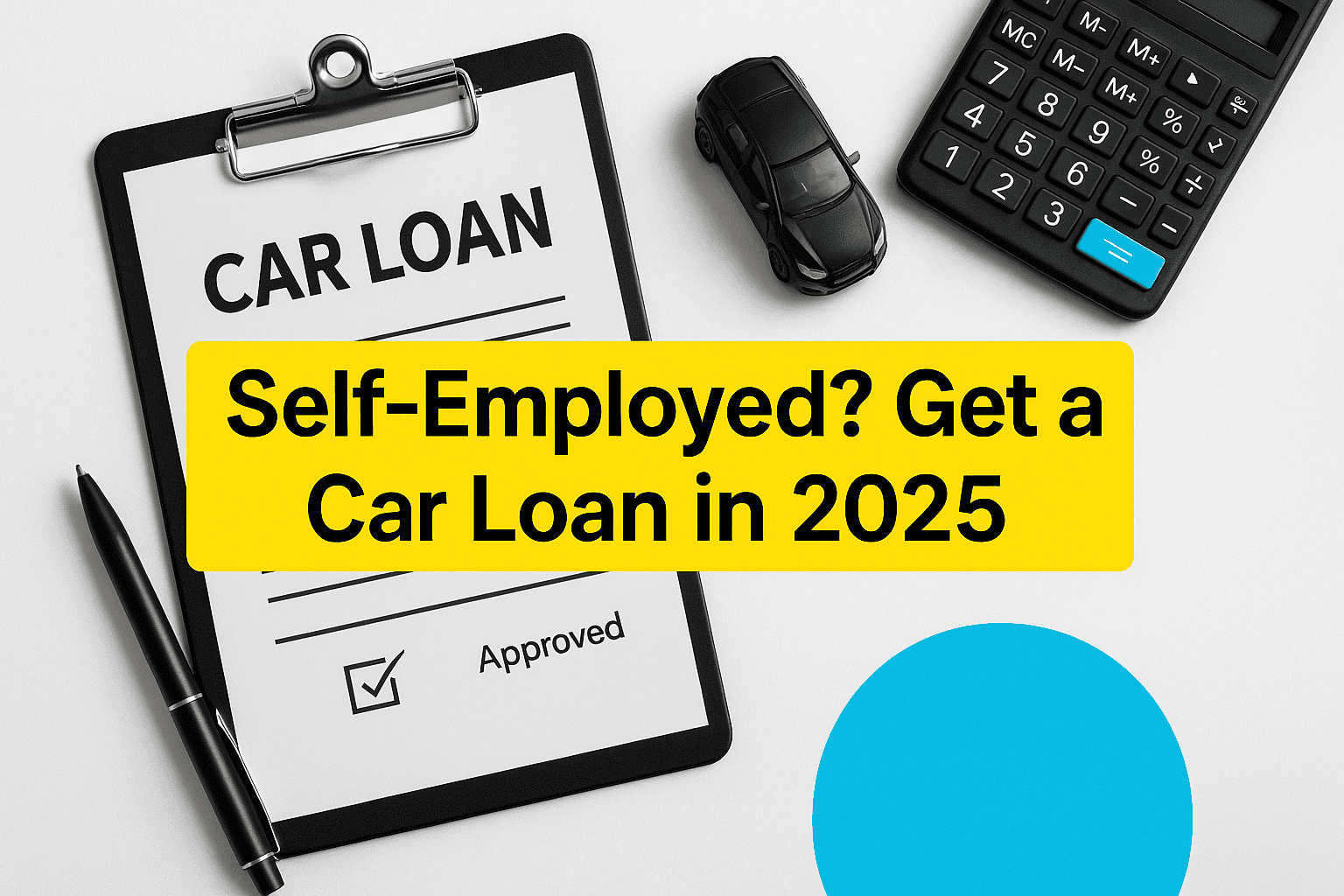
Mini‑scenarios. A US rideshare driver submits 12 months of statements plus Schedule C to show seasonal ups and downs. A UK contractor includes SA302s and bank statements with clear references. A Canadian photographer adds CRA NOAs and invoices tied to deposits. Each package is organized, legible, and traceable back to original sources.
Which edits are allowed?
Lenders care about authenticity and clarity, not aesthetics. You may reformat, redact sensitive data, and package files to improve legibility, provided you do not change facts. The goal is to help underwriters find and verify key numbers quickly.
Formatting and redaction
You may:
- Combine monthly statements into a single PDF and reorder pages chronologically for easy review.
- Redact personal identifiers (SSN, account numbers) while leaving transaction details intact for verification.
- Convert files to lender‑friendly formats (e.g., searchable PDFs) or export spreadsheets to PDF for a consistent look.
- Add bookmarks or a simple table of contents to multi‑page documents and use descriptive file names (e.g., “2024_Tax_Return.pdf”).
- Improve legibility—straighten scans and adjust brightness/contrast—without changing the underlying numbers.
- Attach brief cover notes that point to where totals appear and how they reconcile with deposits.
- Include page counts (e.g., “Page 3 of 12”) so the lender can confirm the file is complete.
Practical tip. When redacting, leave the first and last four digits of account numbers visible if your lender allows it. This helps them match deposits without exposing the full number.
Reconciliation, not fabrication
If your invoices or deposits are messy, prepare a year‑to‑date profit‑and‑loss summary that reconciles all transactions. Experian suggests including 6–12 months of bank statements, tax returns with Schedules C or Form 1099s, and a P&L to show year‑to‑date earnings. Your summary must tie back to actual bank deposits and invoices—never insert or delete transactions.
Example. If your P&L shows $85,000 revenue and $25,000 expenses, your bank statements should reflect deposits consistent with that revenue. Use footnotes to explain timing differences such as delayed payouts or merchant processing holds.
Professional services like FinancialDocsProvider.com can organize records, apply consistent naming, and highlight key line items—without changing your data. Your numbers stay exactly as earned; the presentation simply becomes easier to review.
What edits are illegal?
Any change that misrepresents income, timing, or identity is fraudulent. Lenders use verification tools and fraud analytics to detect manipulation, so even small falsifications can lead to denial and legal risk. Stay firmly within the bounds of formatting only.
- Changing income amounts or dates. Altering totals, pay periods, or deposit dates misstates earnings. The CFPB notes lenders rely on accurate bank statements and tax returns.
- Inserting fake transactions or pages. Adding deposits that never occurred or fabricating invoices is forgery.
- Altering employer or client names. Substituting a different payer or changing a client’s name misleads underwriters.
- Forging signatures or notary seals. Signing for someone else or applying a sham notary seal is illegal.
- Creating “fake pay stubs.” As our legal‑consequences article explains, lenders routinely detect these and will reject them. Summarize real income instead.
Gray areas to avoid. Don’t re‑date invoices to “match” a deposit, round numbers to make ratios look better, or delete pages that contain overdraft notices. If a legitimate error exists, ask the issuing institution for a corrected copy.
When do you need professional document formatting?
Not everyone needs help, but organization matters when your records are incomplete or inconsistent. Professional formatting clarifies your cash flow and reduces back‑and‑forth with underwriters. Consider support when time is short or the file set is large.
Self‑employed car loans
Auto lenders are cautious with variable income, so documentation quality counts. Experian notes many lenders ask for 6–12 months of statements, tax returns with Schedules C, and invoices or contracts to show cash flow. Underwriters also review your debt‑to‑income ratio (DTI); some lenders accept ratios up to 50 %.
DTI example. If your monthly debt totals $1,200 and your average monthly income is $4,000, your DTI is 30 %. A professional packet helps the lender see consistent deposits and understand seasonality, which can support approval at a competitive APR.
Micro‑scenario. A designer with mixed 1099 and marketplace payouts submits 12 months of statements, a P&L with footnotes, and five larger client invoices. The lender can map each invoice to deposits, reducing follow‑up requests.
Mortgages, SBA and other loans
Mortgage and SBA applications are more document‑heavy. Lenders often ask for two years of tax returns, year‑to‑date financials, bank statements, and sometimes client contracts. The CFPB’s mortgage guidance recommends assembling pay stubs, W‑2s, signed federal tax returns, and proof of your down payment source. Self‑employed applicants typically provide 1099s, T4s, or SA302s plus Notices of Assessment, with all pages included and full URLs visible on printed web documents.
Packaging tip. Label folders by year and include a one‑page “map” listing each file and the figure it supports (e.g., “P&L line 3 → July deposits, pages 5–8”).
Renters and landlords
Landlords seek proof of stable income before approving a lease. Organized bank statements, invoices, and selected contracts can accelerate approvals and protect your privacy. Professional formatting ensures documents are chronological, complete, and easy to read.
Cross‑checking and verification
Lenders cross‑check pay stubs with bank statements and may request explanations for timing differences. Our article Bank Statements vs. Pay Stubs: Which Proves Your Income Better? explains why consistent deposits matter. If numbers on pay stubs don’t match deposits, underwriters will scrutinize your file.
How does FinancialDocsProvider.com work?
Our mission is to help self‑employed borrowers present accurate, compliant documentation fast. We never change facts; we organize, reconcile, and format your records so underwriters can verify them efficiently. Here’s what to expect:
- Intake consultation. We begin with a confidential intake to understand your goal (e.g., a self‑employed car loan in the US, UK, or Canada) and the documents on hand—statements, invoices, tax returns, and P&Ls.
- Document reconciliation. We compare totals across statements, invoices, and tax filings. If pages are missing, we flag them so you can obtain originals. We may ask for contracts or client letters when helpful.
- Formatting and redaction. We arrange documents chronologically, add summaries, and redact sensitive data such as account numbers. We ensure printed web documents include full‑page URLs and that every page is present, including those marked “intentionally left blank”.
- Quality assurance. Two editors review each package to confirm numbers match and that no inadvertent changes occurred. Our compliance team checks that edits remain within legal limits.
- Delivery. You receive a clean set of PDFs ready to upload or print. If you later need to add a new month’s statements, we provide quick updates using the same structure.
To compare service options, see our proof of income editing and bank statement formatting pages. For cost details, visit our pricing page. To learn more about our process, read about our process or contact our team.
Compliance checklist & document packaging tips
This checklist helps you assemble a strong self-employed car loan application. Requirements vary by lender and country, but the items below are widely requested. Organized, complete files reduce underwriting time and follow‑up questions.
- Identification. Government‑issued ID (driver’s licence or passport), SSN (US), National Insurance number (UK), or SIN (Canada).
- Proof of residence. A recent utility bill, lease agreement, or mortgage statement with the same address as your application.
- Bank statements. Six to twelve months of personal and business statements showing consistent deposits. Ensure statements are complete and in order. Experian confirms lenders use these to verify steady cash flow.
- Tax returns. Two years of personal tax returns, including Schedules C (US), SA302/tax calculation (UK), or CRA Notice of Assessment (Canada).
- Profit‑and‑loss statement. A current year‑to‑date P&L and, if available, a balance sheet. Many lenders request a P&L to assess monthly trends.
- Invoices and contracts. Provide representative invoices, purchase orders, or signed contracts. Aim for at least two client invoices per quarter.
- Source of down payment. Evidence of funds (savings statements, gift letter, or asset sale proceeds). CFPB guidance recommends documenting sources and gift letters.
- Insurance and vehicle details. Proof of auto insurance and a purchase order or bill of sale for the vehicle, if requested.
- Credit history. Optional personal copy of your credit report. It helps you address any inaccuracies before the lender pulls their report.
- Explanation letters. Brief letters for seasonal income, business pivots, or gaps (e.g., medical leave). State the reason and how you’ll manage payments.
Packaging tips. Make digital backups, and name files clearly (e.g., “2024‑07_Checking_Statement_Business.pdf”). Scan at high resolution and include every page—yes, even those marked “intentionally left blank”. Add a one‑page contents sheet so an underwriter can find figures fast.
Sample file map. 1) 00_Cover‑Summary.pdf, 2) 01_P&L_YTD.pdf, 3) 02_Tax_Returns_2023‑2024.pdf, 4) 03_Bank_Statements_2024‑09_to_2025‑08.pdf, 5) 04_Invoices_Key_Clients.pdf, 6) 05_Down_Payment_Proof.pdf, 7) 06_ID_and_Address.pdf.
Timeline planner. Week 1: pull statements and tax returns. Week 2: reconcile P&L and gather invoices. Week 3: package, redact, and QA. Week 4: submit and respond to any lender follow‑ups.
What red flags make your documents look fake?
Underwriters look for inconsistencies and signs of tampering. Resolve the issues below before you submit. If you spot a legitimate error, request a corrected document from the issuer rather than editing it yourself.
- Missing pages or blank sections. Incomplete statements suggest information is being hidden.
- Mismatched names. Keep your legal name and business name consistent across returns, bank accounts, and invoices.
- Out‑of‑order statements. Disordered files make income patterns hard to follow and slow decisions.
- Unrealistic numbers. Large, unexplained deposits or sudden spikes without supporting invoices raise questions.
- Editing artefacts. Misaligned fonts, uneven shading, or pixelation near numbers can indicate manipulation.
- Lack of reconciliation. Deposits should map to invoice totals. Frequent cash deposits without invoices look suspicious.
- Expired identification. An expired ID can call the whole application into question.
- Metadata anomalies. PDFs that show recent edits on “official” pages or inconsistent creation dates may trigger extra scrutiny.
- Round‑number patterns. Repeated rounded amounts with no corresponding invoices can look manufactured.
Fix‑ahead checklist. Confirm page counts, align names and addresses, and reconcile deposits against invoices. Add short explanations for items that could confuse a reviewer.
Where can you find official resources & further reading?
Knowing the rules helps you stay compliant and confident. The links below open in a new tab and come from recognized authorities and our in‑depth guides.
- CFPB auto loans guide – explains steps for getting and managing auto loans in the US.
- CFPB: Create a loan application packet – details the documents lenders require and emphasizes accuracy and completeness.
- Canada.ca: Car financing options – outlines dealership and bank financing and notes you may negotiate better rates with your financial institution.
- FCA: Motor finance update – highlights that motor finance serves over two million UK consumers each year and that complaints processes are evolving.
- How Do You Prove Income Without a Traditional Job? – our guide for freelancers and gig workers on assembling income proof.
- Bank Statements vs. Pay Stubs: Which Proves Your Income Better? – explores why lenders cross‑check documents.
- Tax Returns vs. Pay Stubs: When to Use Each for Income Verification – compares the strengths of tax returns and pay stubs for proving income.
- Need help formatting documents? Check our proof of income editing and bank statement formatting services.
Reminder. Always submit genuine documents. If a lender requests something unusual, ask them to explain the requirement and provide an example of an acceptable document.
Frequently asked questions
These quick answers address the most common issues for self‑employed borrowers. Use them to double‑check your file before applying. If a lender’s instructions conflict with our guidance, follow the lender’s rules.
Do self‑employed borrowers need a higher credit score to get a car loan?
Not necessarily. Your credit score matters, but lenders also weigh your ability to repay. Experian recommends checking your credit report and fixing errors before you apply. A stable income history and a reasonable DTI can offset a moderate score.
What counts as proof of income if I don’t receive W‑2s?
Most self‑employed applicants provide bank statements, two years of tax returns with Schedules C or 1099s, a year‑to‑date P&L, and invoices or contracts. In Canada, lenders may request a CRA NOA; in the UK, an SA302 or tax calculation from HMRC. The key is consistent cash flow supported by matching documents.
Can I use bank statements instead of tax returns?
Bank statements alone rarely suffice. Lenders want to verify income and expenses. Combining statements with tax returns and a P&L gives a complete picture. Some shorter‑term financing may accept recent statements and invoices if your credit is strong, but full documentation is safer.
Should I get preapproved with multiple lenders?
Yes. Experian suggests preapproval from at least two lenders so you can compare rates and terms. Preapproval also gives you time to assemble documents and reduces dependence on dealer financing.
How much should I put down on a car?
A larger down payment reduces the amount you finance and can improve your offer. Experian suggests 20 % down on new cars and 10 % on used cars. Document the source of funds, and include a gift letter if applicable.
Need accurate, reliable financial documents fast? Contact FinancialDocsProvider.com now.

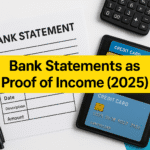
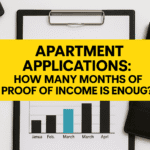


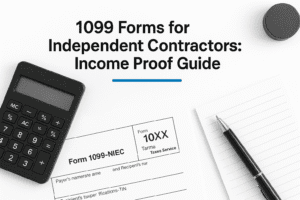
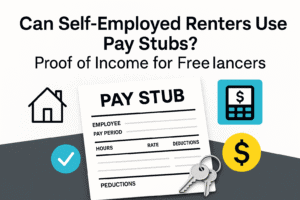
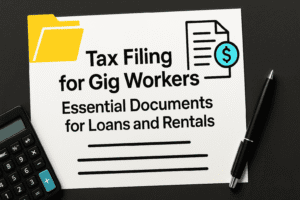
Add comment